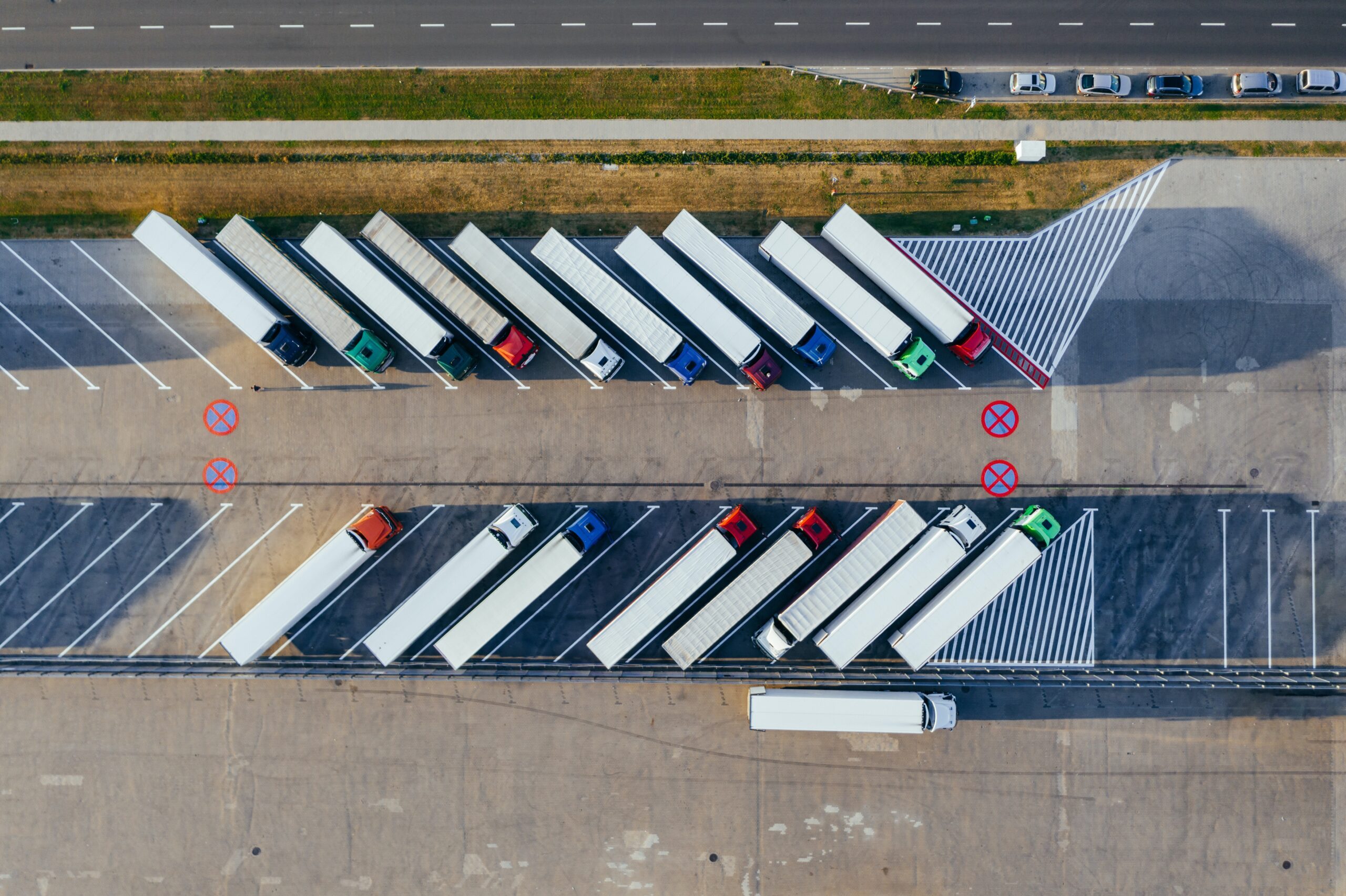Your company creates excellent products that you know well and are proud of. These products cannot just sit on the shelf; they need to be delivered to customers or businesses that will sell them for you. Like most companies, you have to rely on a ground carrier to deliver your products to their destination. However, you need to calculate the shipping cost before shipping your goods. Transport Econo Nord explains the procedure to follow in this article.
Determine The Weight and Measures of Your Items
A road freight company’s shipping costs depend on several factors, including the weight and dimensions of the goods that need to be shipped. The weight and size of your shipment will determine the mode of transport and type of truck used to deliver your goods. If your cargo is small, the company may use a six-wheeled truck instead of a ten-wheeler. If the items you want to transport are larger in size, they will likely need to use a trailer equipped with a lift gate that will be large and strong enough to carry your goods. The type of truck and the number of trailer axles required are the main factors affecting the transportation cost. This is important because the weight and size of the load will also have an impact on tire wear and fuel consumption during transport. In addition to dimensions and weight, cost per kilometer, fuel price and daily shipments must also be considered.
Available Routes and Loads
A big part of calculating fares is determining your fleet and driver availability (and capacity!) as well as available routes and loads you’ve already taken on. You may want to charge more for a problematic load or for a load that will require you to significantly redirect a driver.

Shipment Weight
The weight of the shipment is an important factor. You must carefully manage the overall weight loading for your fleet to control costs. If you start with a higher rate for heavy loads, you’ll still get more total revenue, even if the shipper negotiates a discount.
Choose The Right Road Transport Equipment
What kind of equipment should be used to transport your goods? This is another question your carrier will ask to determine the cost of shipping because not all cargo has the same requirements when it comes to ground transportation. If you are shipping products that need to be kept at a certain temperature, the carrier will need to use a heated trailer or tanker. If you are shipping farm equipment, you will need a type of trailer that meets these specific needs.
Consider Destination And Location
Delivery distance is another factor affecting shipping cost. In addition to the total number of kilometers, destination and location can make a difference in calculating total shipping costs. Some popular routes, such as shipping between Montreal and Toronto, can sometimes be cheaper, but generally speaking, the longer the journey, the higher the price.
Calculate Your Freight Density For More Precise Shipping Cost
The road company should consider cargo density when calculating the cost of shipping your goods. Density is defined as the area an item occupies compared to its weight. For example, goods weighing more than 50 pounds per cubic foot are considered class 50, while goods weighing less than 1 pound per cubic foot are considered class 500. It is generally less costly to transport goods of a lower load class. You can calculate the density of your product yourself or have your carrier take care of it for you.

Shipping Method
There are five basic shipping methods:
- Full Truck Load (FTL)
- Partial Truck Load (PTL)
- Less Than Truck Load (LTL)
- Intermodal
- Accelerated
Full Truck Load (FTL)
As you’d expect, FTL applies to a shipment that covers an entire trailer. It doesn’t matter if it’s the smallest or largest truck in your fleet. You are using all the space inside your carrier.
Partial Truck Load (PTL)
When a load does not fill a whole trailer, it is a partial truckload. Carriers can handle multiple shipments to earn more per mile and maximize their earnings per trip. Partial truck loads are typically point-to-point, so cargo loaded on a truck stays on board until its destination. However there may be different locations with different shippers. PTLs are charged per mile proportionally to weight and size.
Less Than Truck Load (LTL)
A shipment of less than a truckload is similar to a PTL in that it doesn’t take up an entire trailer. However, it may need to move between vehicles during the transportation process. Rates will vary depending on whether you can match loads from freight brokers with similar destinations.
Intermodal
An intermodal freight shipment includes more than one shipping method. For example, it is intermodal if a load has to be transported by road and rail. Intermodal shipping is generally less costly, as non-road shipping rates are generally cheaper. However, it may be less profitable for shipping companies if you are not careful about estimating rates.
Accelerated
The highest rates usually come from expedited shipping. Freight carried on express shipping lanes, such as night or direct routes, has higher rates.

Consider Transactions
When transporting goods by road, the shipper should consider the packaging, unit dimensions and fragility of your goods. The more difficult a product is to transport, the higher the shipping cost will be. Carrying a cargo of apples does not require the same level of care as carrying explosives. The carrier will take this into account when calculating road freight costs.
How Are Freight Prices Calculated?
Truck transport charges are calculated on a mile basis. First, get the distance between the start and destination points. Next, divide the total fare by the number of miles between destinations to get your trucking freight rate.
Freight Classification
In the freight logistics industry, each shipment type has its own classification. The National Motor Vehicle Transport Association (NMFTA) has defined 18 classes of commodity shipments. The various factors that determine the freight class are:
- Product density
- Obligation
- Product value
- Transport needs
- Stackability
Taken together, these factors determine the portability of the load. Less portable loads usually require a higher rate.







